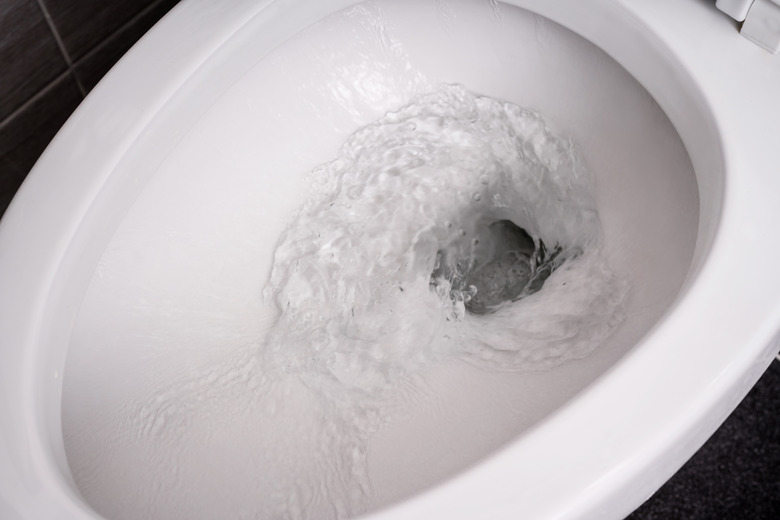How To Install Toilet Drain Pipes
You can install toilet drain pipes yourself, but it's best if you have prior plumbing experience because installation mistakes may result in health hazards due to sewer gas leaks. Call a professional plumber if you have any doubts about the process.
Before you start, check with your local authorities regarding building codes and permit requirements. Make sure you satisfy the code regarding the size of the drain pipe and the size of the vent. Plan your work to include any necessary inspections.
Locate Toilet and Drain Pipes
1. Determine Access to Pipes
Look for the main plumbing stack in your basement or crawlspace and take note of where it goes up through the house and where it exits on the roof. Find where the other large waste drain pipes run. Look for pipes you can use for venting. Determine where you can access the drain pipes, main stack and vent pipes to connect the toilet.
2. Plan Location of Pipes
Make a detailed plan of where you will run your toilet drain pipes. Plan to open walls and remove flooring if necessary. Your toilet has an integrated trap, so you can plan for a direct drain connection with as few bends as possible.
3. Confirm Space for Sanitary Tee
Make sure you have enough room to install the sanitary tee to connect to the main stack or the combo fitting to connect to a horizontal drain.
4. Check the Building Codes
Check your building codes to find limits on how long your toilet drain pipe may be before venting and before connecting to the stack.
Cut and Assemble Drain Pipes
1. Assemble Pipes Without Gluing
Cut the pipes and assemble them without gluing to make sure they are the right lengths and that they fit in the allocated space. Check that you have fittings to match your pipes to the existing drain and vent pipes.
2. Check Stack for Adequate Support
Make sure your stack or existing drain is firmly supported above and below the planned location of your connection. Add support braces if necessary. Cut the existing pipe and remove a length equal to the length of the sanitary tee or combo fitting.
Glue Toilet Drain Pipes
1. Apply Pipe Cleaner and Glue
Apply pipe cleaner and then pipe glue to the flange and the fitting, insert the fitting and twist it fully into the flange, if there is enough play in the existing drain pipes to insert the new fitting. If you can't move the existing stack or drain pipes, get a no-hub flexible coupling and cut out an additional length of existing pipe equal to the length of the coupling. Glue the additional length of pipe into the upstream flange of the fitting.
2. Glue Fitting and Install Coupling
Slide the coupling onto the upstream existing pipe. Glue the fitting into place on the downstream pipe. Slide the coupling over the joint and tighten.
3. Finish Gluing Pieces in Place
Glue the remaining pieces of pipe and fittings into place, working your way from the main drain pipe back to the location of the toilet. Support the pipes every four feet with pipe straps. Make sure the final bend upward under the toilet is well-supported and reaches high enough to permit installation of the toilet flange.
